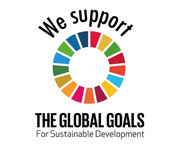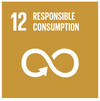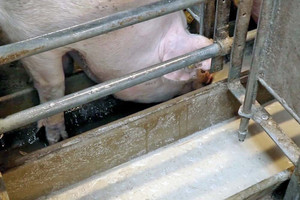Managing Feed Waste in Pig Production
Responsible consumption & production
Every year, one third of the total amount of food produced globally is either lost or wasted. All together that is 1.6 billion tons of food – also worth about $1.2 trillion USD. Let’s work together across nations to turn this global challenge into business opportunities.
At ACO FUNKI A/S, we are part of the solution. See our initiative below or explore all the cases in the new case collection from Food Nation Denmark.
There is a worldwide focus on responsible production and consumption, and not only the consumers are finding new ways to reduce their food waste. In agriculture, efforts are also being made to reduce waste, because less waste increases sustainability in production, and benefits the farmer's turnover.
An example of how to reduce waste is found in feeding systems in pig barns. Pig producers worldwide deal with the same challenge on how to reduce feed waste in the barn as feed costs are a main cost in pig production. Feed accounts for app. 50% of costs on sow farms - and up to 80% in finisher farms. The good news is - it is possible to reduce waste.
Through greater control of your feeding system, you can reduce feed waste and thus also feed consumption.

Phase feeding ensures lower feed consumption
Using more advanced systems, such as phase feeding, allows distributing the right feed to different age groups and thus helps to avoid feed wastage. The phase feeding systems control which feed mixture the pigs should have, resulting in complete traceability and storage control leading to lower feed consumption.
ACO FUNKIs feeding systems ensure a lower feed consumption by distributing only the necessary amount of feed leading to very little or no leftovers in the troughs due to a special design and control of the feed amount through sensor feeding.
According to the Danish Pig Research Center, using the specially developed feeding systems and control of the feed consumption help to save 13,6 kg of feed per pig per year*:
Applying residual-free liquid feeding ensures no leftovers in the feed pipes after feeding. That means fresh feed for each feeding, and not a mixture of new and old feed. The result is less bacteria and infections in the stable and a reduction of medicine consumption by 50%. This contributes to a greener production and higher levels of product quality.
It is practically proved that the use of liquid feeding protects against salmonella.
Below, you can see the results from the Danish Pig Research Center:
Phase feeding ensures lower feed consumption
Using more advanced systems, such as phase feeding, allows distributing the right feed to different age groups and thus helps to avoid feed wastage. The phase feeding systems control which feed mixture the pigs should have, resulting in complete traceability and storage control leading to lower feed consumption.
ACO FUNKIs feeding systems ensure a lower feed consumption by distributing only the necessary amount of feed leading to very little or no leftovers in the troughs due to a special design and control of the feed amount through sensor feeding.
According to the Danish Pig Research Center, using the specially developed feeding systems and control of the feed consumption help to save 13,6 kg of feed per pig per year*:
Applying residual-free liquid feeding ensures no leftovers in the feed pipes after feeding. That means fresh feed for each feeding, and not a mixture of new and old feed. The result is less bacteria and infections in the stable and a reduction of medicine consumption by 50%. This contributes to a greener production and higher levels of product quality.
It is practically proved that the use of liquid feeding protects against salmonella.
Below, you can see the results from the Danish Pig Research Center:





